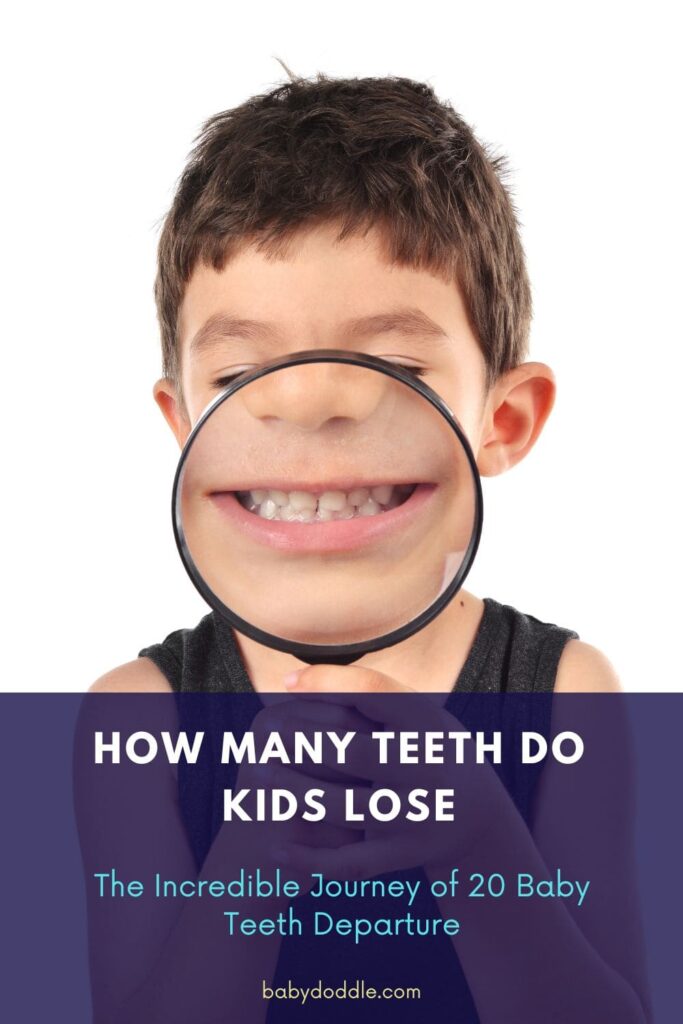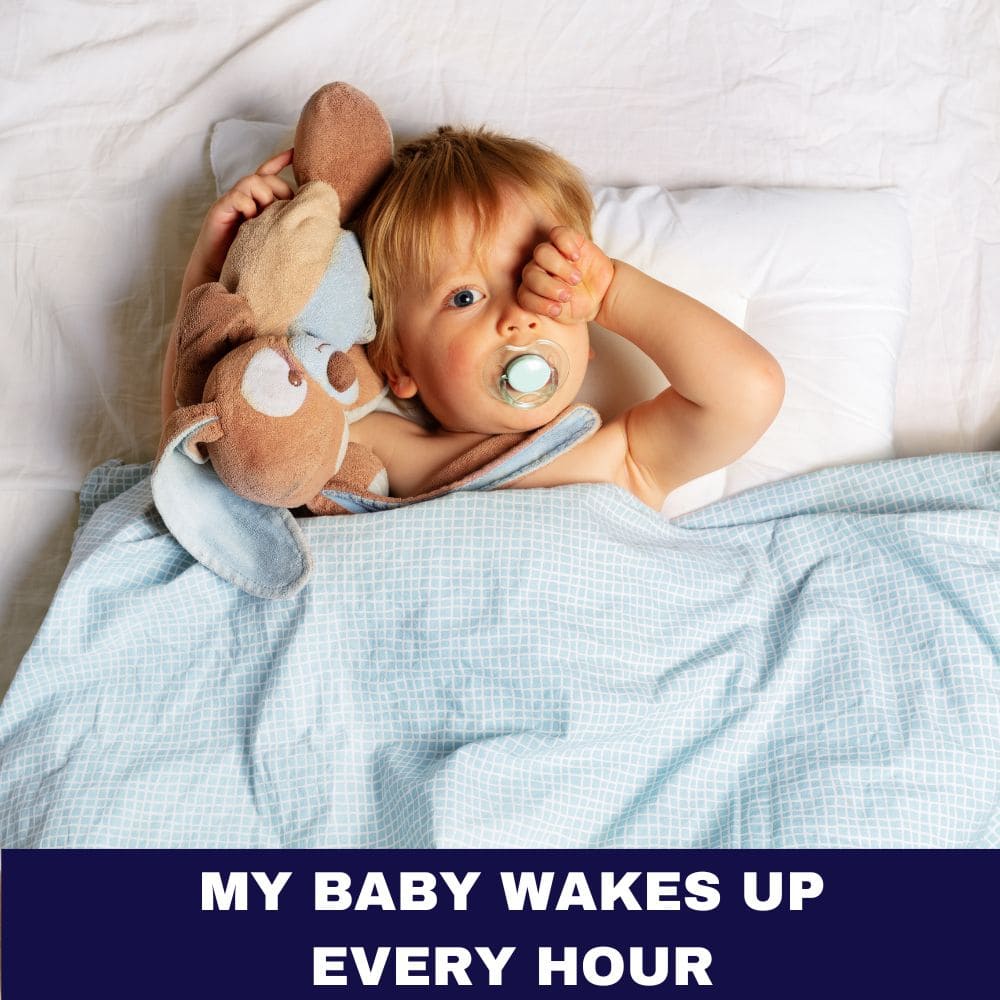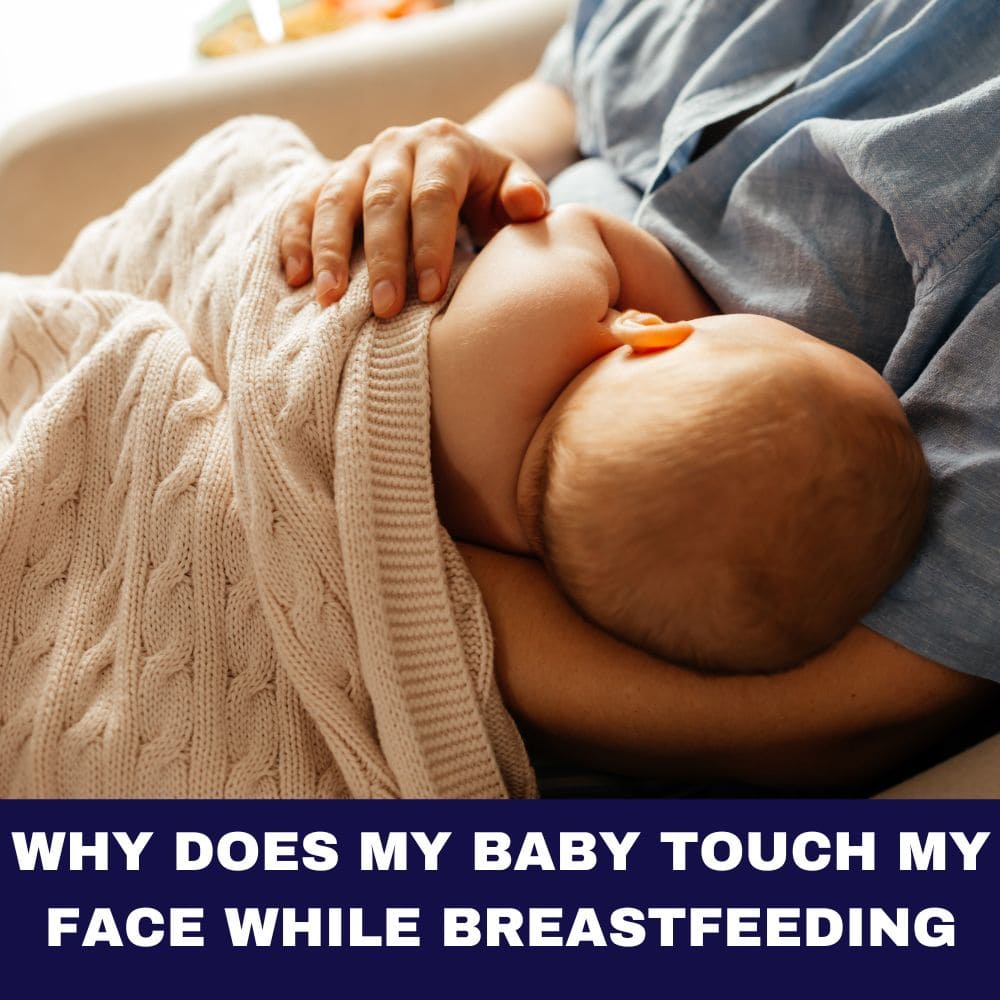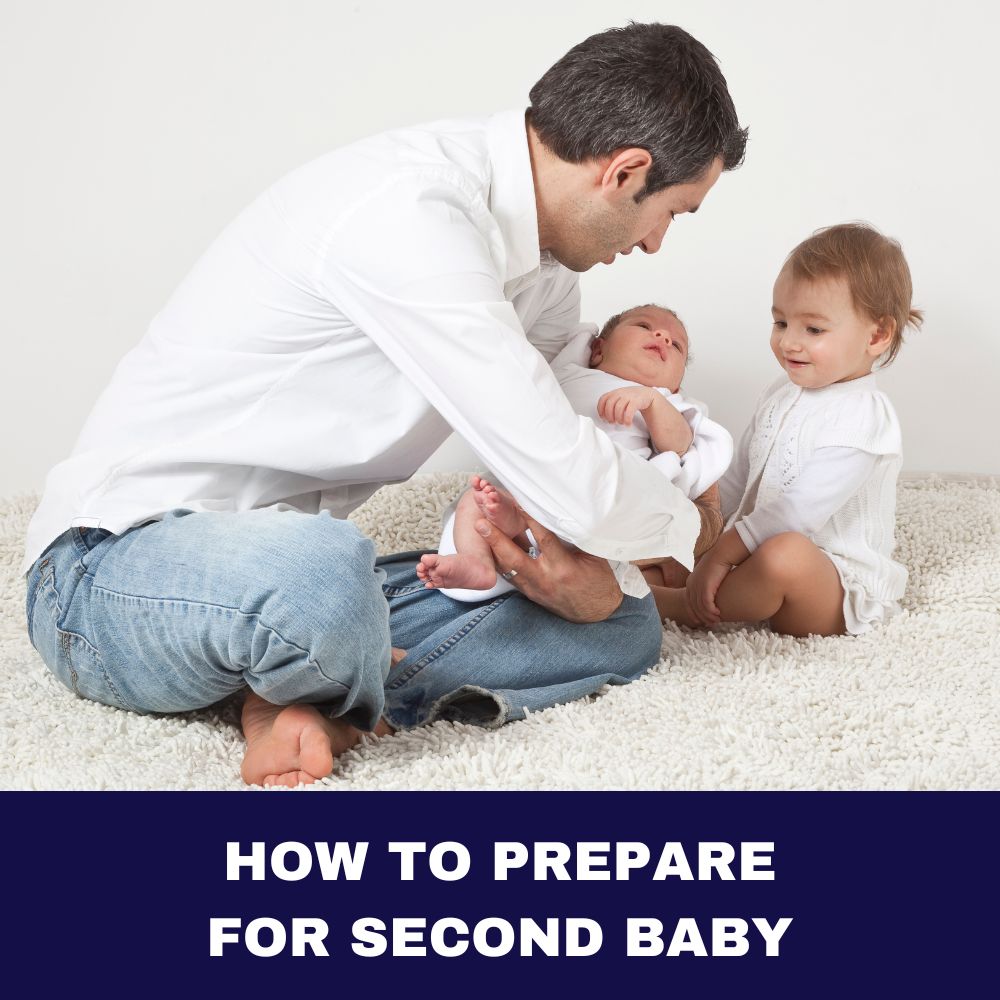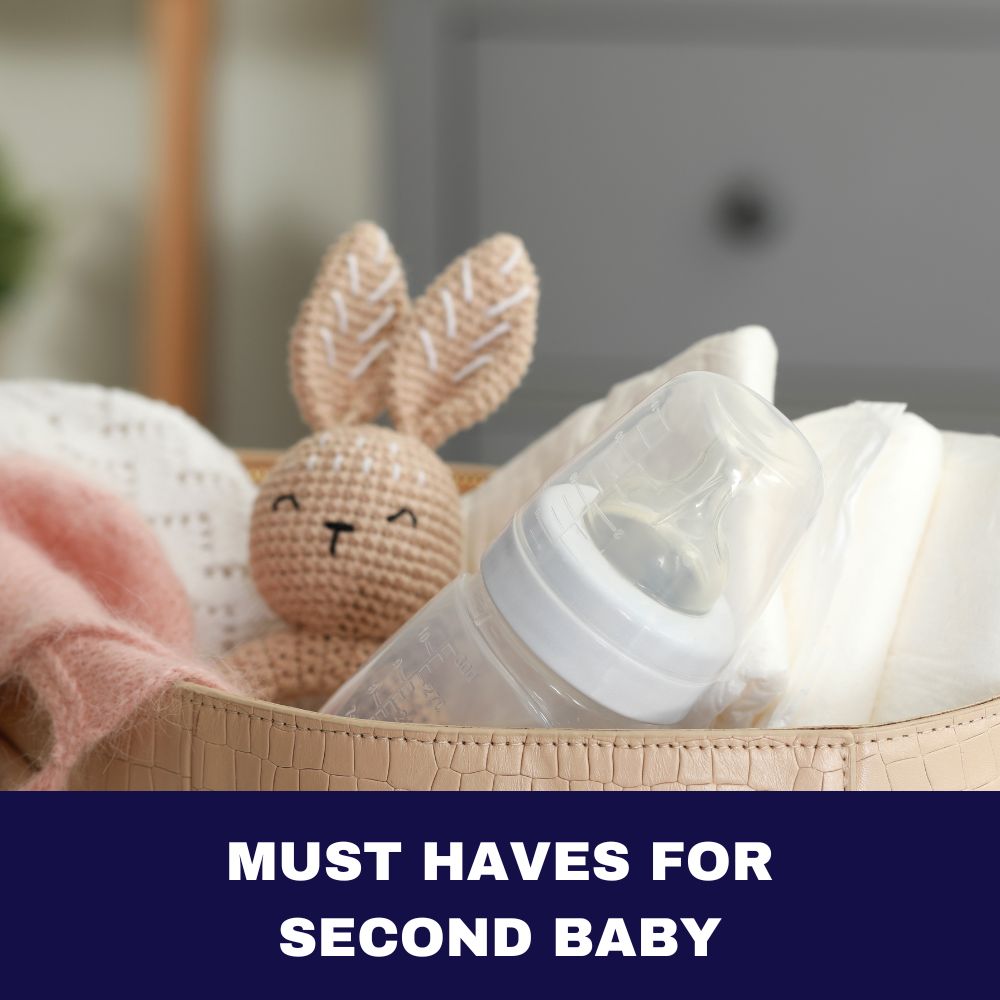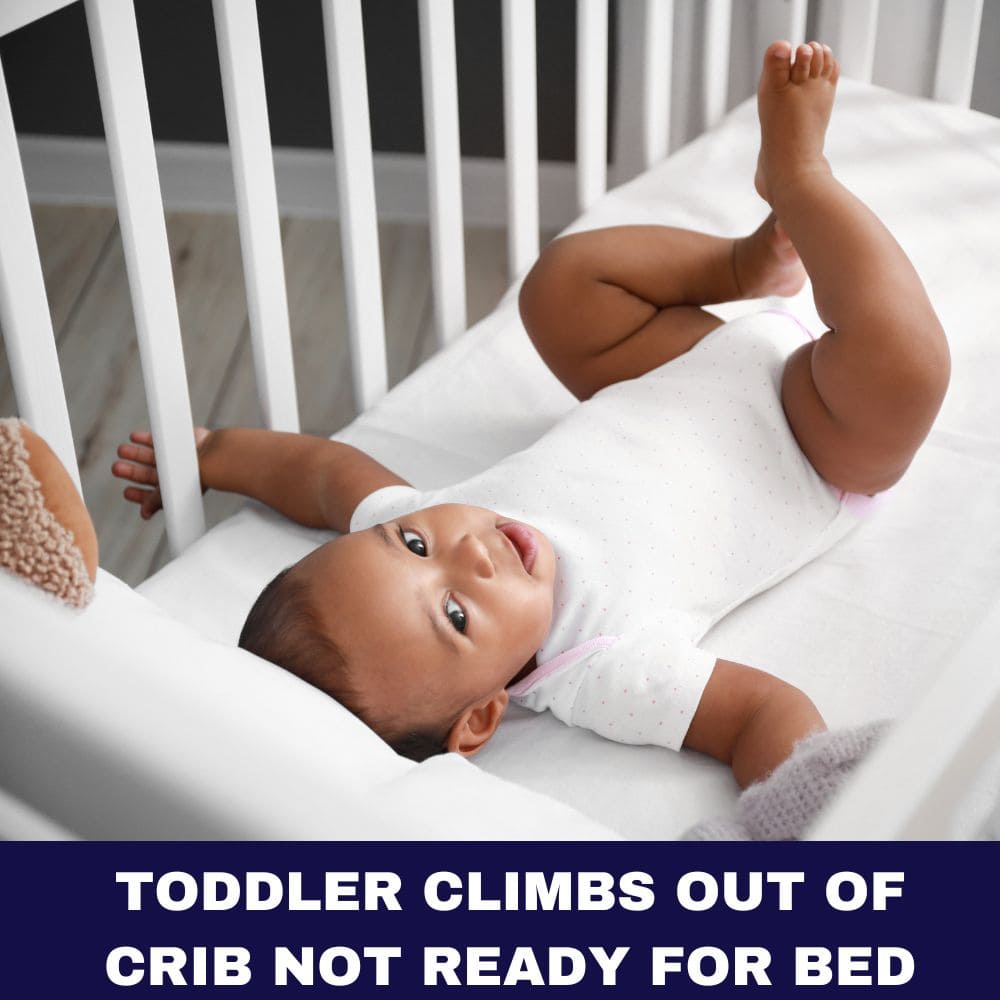Ah, the joys of parenthood! One of the most exciting (and let’s be honest, slightly nerve-wracking) milestones is watching your little one lose their first baby tooth. It’s a rite of passage that marks the end of one chapter and the beginning of another – a journey filled with wiggles, giggles, and maybe even a few tears. But fear not, dear parents! We’re here to guide you through this incredible adventure of your child shedding their 20 precious baby teeth.

How Many Teeth Do Kids Lose? Unveiling the Magical Process of Shedding Baby Teeth
Before we dive into the nitty-gritty details, let’s address the elephant in the room – literally! How many teeth do kids actually lose? Well, the answer is a whopping 20 baby teeth, also known as deciduous or primary teeth. These tiny chompers play a crucial role in your child’s development, from learning to chew solid foods to perfecting those adorable smiles.
At What Age Do Kids Lose Teeth?
The journey of losing baby teeth typically begins around the age of 6, give or take a year or two. However, it’s not uncommon for some children to lose their first tooth as early as 4 or as late as 8 years old. Factors like genetics, nutrition, and even thumb-sucking habits can influence the timeline.
Is age 5 too early to lose teeth?
While losing a tooth at 5 might seem a tad premature, it’s generally nothing to worry about. Early tooth loss can be perfectly normal, especially if it’s one of the front teeth. However, if your child loses multiple teeth before their fifth birthday or experiences excessive bleeding or pain, it’s best to consult your dentist. They’ll be able to assess if everything is progressing as it should.
How Many Baby Teeth Do Kids Lose?
Now, let’s dive into the nitty-gritty numbers. Your child will have a total of 20 baby teeth – 10 on the top and 10 on the bottom. These mighty little chompers typically start erupting around 6 months of age, with the complete set making an appearance by the time your little one celebrates their third birthday.
Caring for these baby teeth is crucial, as they not only aid in proper chewing and speech development but also serve as placeholders for the permanent teeth that will eventually replace them.
Right from the Start
Did you know that your child’s baby teeth actually start developing before they’re even born? It’s true! Around the sixth week of pregnancy, the first tiny buds of what will become your little one’s teeth begin to form. By the time they make their grand entrance into the world, they already have a full set of 20 tooth buds nestled beneath their gums, just waiting to erupt.
Typically, the first tooth to make an appearance is one of the two bottom front teeth, also known as the central incisors. This exciting milestone usually occurs around 6 to 10 months of age, although some babies can be fashionably late to the tooth party, while others seem to sprout teeth overnight!
| Tooth Type | Eruption (Arrival) | Shedding (Loss) |
|---|---|---|
| Central Incisors | 6-12 months | 6-7 years |
| Lateral Incisors | 9-13 months | 7-8 years |
| First Molars | 13-19 months | 9-11 years |
| Canines | 16-22 months | 10-12 years |
| Second Molars | 25-33 months | 10-12 years |
Which Teeth Fall Out First? The Pattern of Baby Tooth Loss
Just as the baby teeth erupted in a specific order, they also tend to fall out in a particular sequence. The first to go are usually the two bottom front teeth (the central incisors), followed by the two top front teeth. From there, the pattern continues with the lateral incisors (the teeth next to the front ones), first molars, canines (the pointy ones), and finally, the second molars.
It’s important to note that gaps and spacing issues are completely normal during this transition phase. As the permanent teeth start to emerge, they’ll gently nudge the remaining baby teeth out of the way, creating those adorable toothless grins we all know and love.
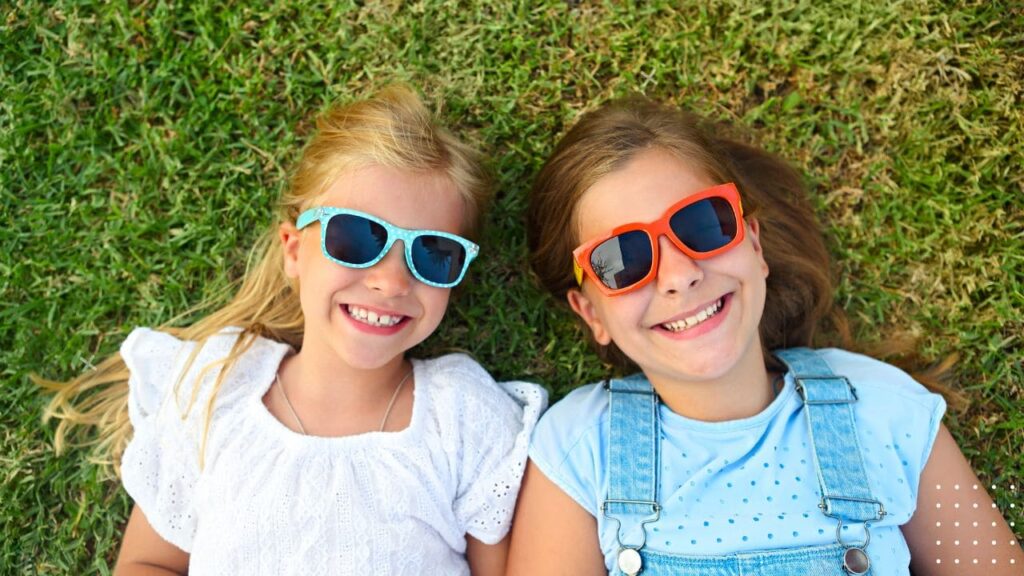
Preparing Yourself (and Your Child) For Their First Loose Tooth
So, how do you know when a tooth is ready to make its grand exit? Keep an eye out for these telltale signs:
- Wiggling and Wobbling: If your child’s tooth starts to feel loose and wiggly when they touch it with their tongue or fingers, it’s a good indication that the roots are starting to dissolve.
- Discoloration: As the tooth prepares to detach, it may take on a slightly darker or yellower hue.
- Sensitivity: Some kids experience mild discomfort or sensitivity when eating or drinking something particularly hot or cold, as the loosening tooth exposes the nerve endings.
When you notice these signs, it’s time to have “The Tooth Talk” with your little one. Explain the process in a positive, reassuring way, and encourage them to wiggle the tooth gently with their tongue or fingers (but no yanking!). It’s also a good idea to remind them not to swallow the tooth once it falls out – the Tooth Fairy won’t be pleased!
| Sign | Description |
|---|---|
| Wiggling and Wobbling | The tooth feels loose and wiggly when touched with the tongue or fingers. |
| Discoloration | The tooth may appear slightly darker or yellower as the roots dissolve. |
| Sensitivity | The child may experience mild discomfort or sensitivity when eating or drinking hot or cold items. |
| Elongated Appearance | The tooth may seem to protrude more than the surrounding teeth as it becomes loose. |
| Bleeding Gums | Some minor bleeding around the loose tooth is normal, but excessive bleeding should be addressed. |
Dos and Don’ts: Safe Practices for Removing Loose Baby Teeth
As tempting as it may be to give that wiggly tooth a good yank, it’s best to let nature take its course. Forcing a tooth out before it’s ready can lead to unnecessary pain, bleeding, and even potential damage to the permanent tooth lurking underneath.
Instead, encourage your child to wiggle the tooth gently with their tongue or fingers until it falls out on its own. If it seems stuck or causes significant discomfort, don’t hesitate to consult your dentist. They may recommend a gentle extraction to prevent any complications.
The Science Behind Shedding: How Baby Teeth Make Way for Permanent Ones
Now, let’s delve into the fascinating biological process that allows our permanent teeth to emerge. As your child’s jaw grows and their face changes shape, the roots of their baby teeth gradually dissolve, creating space for the adult teeth to push through.
This process is carefully orchestrated by the body’s natural mechanisms, with specialized cells called odontoclasts breaking down the roots of the baby teeth. At the same time, the permanent teeth, which have been patiently waiting in the jawbone, start to make their way to the surface.
It’s a delicate dance, with the baby teeth gracefully bowing out to make room for their bigger, stronger replacements.
When Do Adult Teeth Come In?
Just as the baby teeth followed a specific eruption pattern, the permanent teeth also have their own schedule. Generally, the first adult teeth to appear are the first molars, which typically erupt around the age of 6 or 7, behind the baby molars.
From there, the adult teeth continue to emerge in the following order:
- Central incisors (around 6-8 years old)
- Lateral incisors (around 7-9 years old)
- First premolars (around 9-11 years old)
- Second premolars (around 10-12 years old)
- Canines (around 9-12 years old)
- Second molars (around 11-13 years old)
It’s worth noting that wisdom teeth, the final set of molars, usually make their appearance much later, typically between the ages of 17 and 25.
| Tooth Type | Eruption Age Range |
|---|---|
| First Molars | 6-7 years |
| Central Incisors | 6-8 years |
| Lateral Incisors | 7-9 years |
| First Premolars | 9-11 years |
| Second Premolars | 10-12 years |
| Canines | 9-12 years |
| Second Molars | 11-13 years |
| Third Molars (Wisdom Teeth) | 17-25 years |
Starting Around 6 Years of Age
While every child is unique, the average age when kids start losing their baby teeth is around 6 years old. This is when the journey of shedding those 20 tiny chompers truly begins in earnest.
According to the American Dental Association’s chart on baby teeth eruption and shedding, the first teeth to go are usually the central incisors (the two bottom front teeth), followed by the lateral incisors (the ones next to the front teeth). From there, the pattern continues with the first molars, canines, and finally, the second molars.
It’s important to remember that this is just a general guideline, and some children may lose their teeth earlier or later than average. As long as the process is progressing smoothly, there’s usually no cause for concern.
Late Losses
While most kids will have said goodbye to their baby teeth by the time they reach their early teens, some may hold onto a few stragglers a little longer. It’s not uncommon for the second molars (the last of the baby teeth) to stick around until a child is 12 or even 13 years old.
As for those elusive wisdom teeth, they typically make their grand entrance between the ages of 17 and 25, often causing a bit of discomfort and jaw shifting as they attempt to squeeze into the already crowded mouth.
The Tooth Fairy Tradition: Celebrating Baby Tooth Milestones
Losing a tooth is a momentous occasion in a child’s life, and what better way to celebrate than with a visit from the beloved Tooth Fairy? This whimsical tradition has been passed down through generations, adding a touch of magic to an otherwise ordinary occurrence.
The origins of the Tooth Fairy can be traced back to various cultural folklore and beliefs about losing baby teeth. From burying them in the ground to burning them to prevent witches from finding them, people have long sought ways to commemorate this milestone.
Today, the Tooth Fairy’s role is simple yet enchanting: to collect the lost tooth and leave behind a small gift or monetary reward for the child. It’s a delightful way to ease any fears or anxieties your little one might have about their first wiggly tooth.

Tooth Fairy Etiquette: Ensuring a Magical Experience
As parents, it’s our job to ensure that the Tooth Fairy’s visit is truly magical for our kids. Here are some tips to make the experience unforgettable:
- Have your child leave the lost tooth in a special container or under their pillow, along with a handwritten note for the Tooth Fairy.
- Leave a small gift or a few coins in exchange for the tooth – a crisp dollar bill or a shiny quarter can feel like a fortune to a child!
- For an extra touch of whimsy, sprinkle a bit of glitter or fairy dust around the area where the tooth was left.
- Write a tiny note from the Tooth Fairy, praising your child’s bravery and congratulating them on this milestone.
- Consider preserving the lost tooth in a special keepsake box or locket as a cherished memento.
Remember, the Tooth Fairy tradition is all about fostering a sense of wonder and excitement. With a little creativity and effort, you can turn a simple tooth loss into a truly magical memory for your child.
Oral Hygiene During Tooth Shedding: Maintaining a Healthy Smile
While the process of losing baby teeth is natural and inevitable, it’s crucial to maintain good oral hygiene habits during this transitional phase. Proper care not only keeps your child’s mouth healthy but also ensures that the permanent teeth emerge into a clean and welcoming environment.
Here are some tips to keep in mind:
- Brushing and Flossing: Encourage your child to brush twice a day with a soft-bristled toothbrush and fluoride toothpaste, paying extra attention to the areas around loose teeth. Flossing once a day can also help remove any food particles or debris that may accumulate.
- Dietary Recommendations: While it’s tempting to indulge in sugary treats during this exciting time, it’s best to limit them. Opt for tooth-friendly snacks like fresh fruits, vegetables, and dairy products that promote strong, healthy teeth.
- Professional Cleanings: Regular dental check-ups and cleanings are essential for monitoring your child’s oral health and addressing any potential issues before they become more serious.
- Special Considerations: If your child experiences excessive bleeding, pain, or if a loose tooth seems to be taking an unusually long time to fall out, don’t hesitate to consult your dentist. They may recommend gentle intervention to prevent complications.
By prioritizing oral hygiene during this phase, you can ensure that your child’s permanent teeth have the best possible foundation for a lifetime of healthy, beautiful smiles.
Troubleshooting Common Concerns
While the tooth-losing process is typically smooth sailing, there may be a few bumps in the road. Here are some common concerns and how to address them:
- Delayed Tooth Loss: If your child hasn’t lost any teeth by the age of 7 or 8, it’s worth mentioning to your dentist. They can evaluate if there are any underlying issues or if your child is simply a late bloomer.
- Shark Teeth: Sometimes, a permanent tooth can start to emerge before the baby tooth has fallen out, creating a “shark teeth” appearance. While this may look a bit amusing, it’s best to have your dentist evaluate the situation and determine if any intervention is needed.
- Bleeding Gums: A little bit of bleeding when a tooth comes out is normal, but excessive or prolonged bleeding could be a sign of an underlying issue. If the bleeding doesn’t stop within a reasonable amount of time, consult your dentist.
- Pain or Discomfort: While some mild discomfort is expected when a tooth is loose, severe pain or swelling could indicate an infection or other dental issue that requires professional attention.
Remember, your dentist is your best ally when it comes to navigating any concerns or complications during this phase. Don’t hesitate to reach out if you have any worries – they’re there to ensure your child’s dental health and well-being.
Final Thoughts
Losing baby teeth is a rite of passage that every child experiences and it’s a journey filled with excitement, anticipation, and perhaps a few tears (but hopefully more giggles!). By understanding the process, embracing the traditions, and prioritizing good oral hygiene habits, you can turn this milestone into a truly memorable and positive experience for your little one.
So, as your child’s baby teeth start to wiggle and wobble, take a deep breath, grab a special tooth container, and get ready to welcome the Tooth Fairy into your home. After all, these precious moments of childhood pass by in the blink of an eye, and before you know it, your little one will have a brand-new, grown-up smile to show the world.
Conclusion:
As you embark on this incredible journey of your child losing their baby teeth, remember to make it a fun and educational experience. Teach them the importance of proper brushing techniques using a soft-bristled toothbrush and fluoride toothpaste. Demonstrate how to gently wiggle the loose tooth with their tongue or fingers, and remind them not to swallow it (lest they miss out on the Tooth Fairy’s visit!).
Most importantly, embrace this adventure with joy, patience, and a sense of wonder. After all, these moments are fleeting, and before you know it, your little one will have a brand-new, grown-up smile to dazzle the world with. So, cherish each wiggly tooth, each gapped grin, and every magical visit from the Tooth Fairy. Because these are the memories that will forever be etched into the tapestry of your family’s story.
FAQ – How Many Teeth Do Kids Lose
As parents, it’s natural to have a million questions swirling around in our minds when it comes to our children’s development. Here are some common queries about the tooth-losing process:
Is it normal for my child to lose a tooth before the age of 6?
While the average age for losing the first tooth is around 6, it’s not uncommon for some children to lose their teeth as early as 4 or 5 years old. Unless there are other concerning symptoms, early tooth loss is usually nothing to worry about.
My child lost a tooth, but the permanent tooth hasn’t come in yet. Is this a problem?
Not at all! It’s perfectly normal for there to be a gap or space where the baby tooth used to be. The permanent tooth will eventually make its way through the gum line and fill the empty space.
My child’s baby tooth seems stuck and won’t come out. What should I do?
If a loose tooth is causing significant discomfort or seems to be resisting all efforts to wiggle it out, it’s best to consult your dentist. They may recommend a gentle extraction to prevent any further issues.
Can my child swallow their lost tooth?
While swallowing a lost tooth is generally harmless, it’s best to discourage this habit. Not only does it deprive your child of the magical Tooth Fairy experience, but it can also potentially pose a choking hazard.
What should I do if my child swallows a loose tooth?
While it’s generally recommended to discourage children from swallowing their lost teeth, accidents can happen. If your child does end up swallowing a loose tooth, try not to panic. In most cases, the tooth will pass through their digestive system without any issues.
However, there are a few important steps to take:
- Remain calm: Swallowing a small, smooth object like a tooth is unlikely to cause any serious harm. Reassure your child and avoid scolding them, as this may only make them more anxious.
- Monitor for symptoms: Keep an eye out for any signs of discomfort, such as abdominal pain, vomiting, or difficulty swallowing. If your child exhibits any of these symptoms, contact your pediatrician or seek medical attention immediately.
- Encourage fluids and fiber: Drinking plenty of water and consuming fiber-rich foods like fruits, vegetables, and whole grains can help the tooth move through the digestive system more easily.
- Check stools: While it may not be the most pleasant task, you may want to inspect your child’s stools over the next few days to ensure that the tooth has passed through successfully.
- Replace the lost tooth: If the swallowed tooth was a baby tooth, don’t worry too much about replacing it. The permanent tooth will eventually erupt and take its place. However, if it was a permanent tooth, you may want to discuss options with your dentist for a dental implant or other tooth replacement solution.
- Reinforce safety: Use this opportunity to reinforce the importance of not putting objects in their mouth and being careful when wiggling loose teeth.
While swallowing a tooth can be a bit unsettling, it’s generally not a cause for major concern. By remaining calm, monitoring your child’s condition, and following up with their healthcare providers if necessary, you can ensure that this minor mishap doesn’t put a damper on the exciting milestone of losing their baby teeth.
